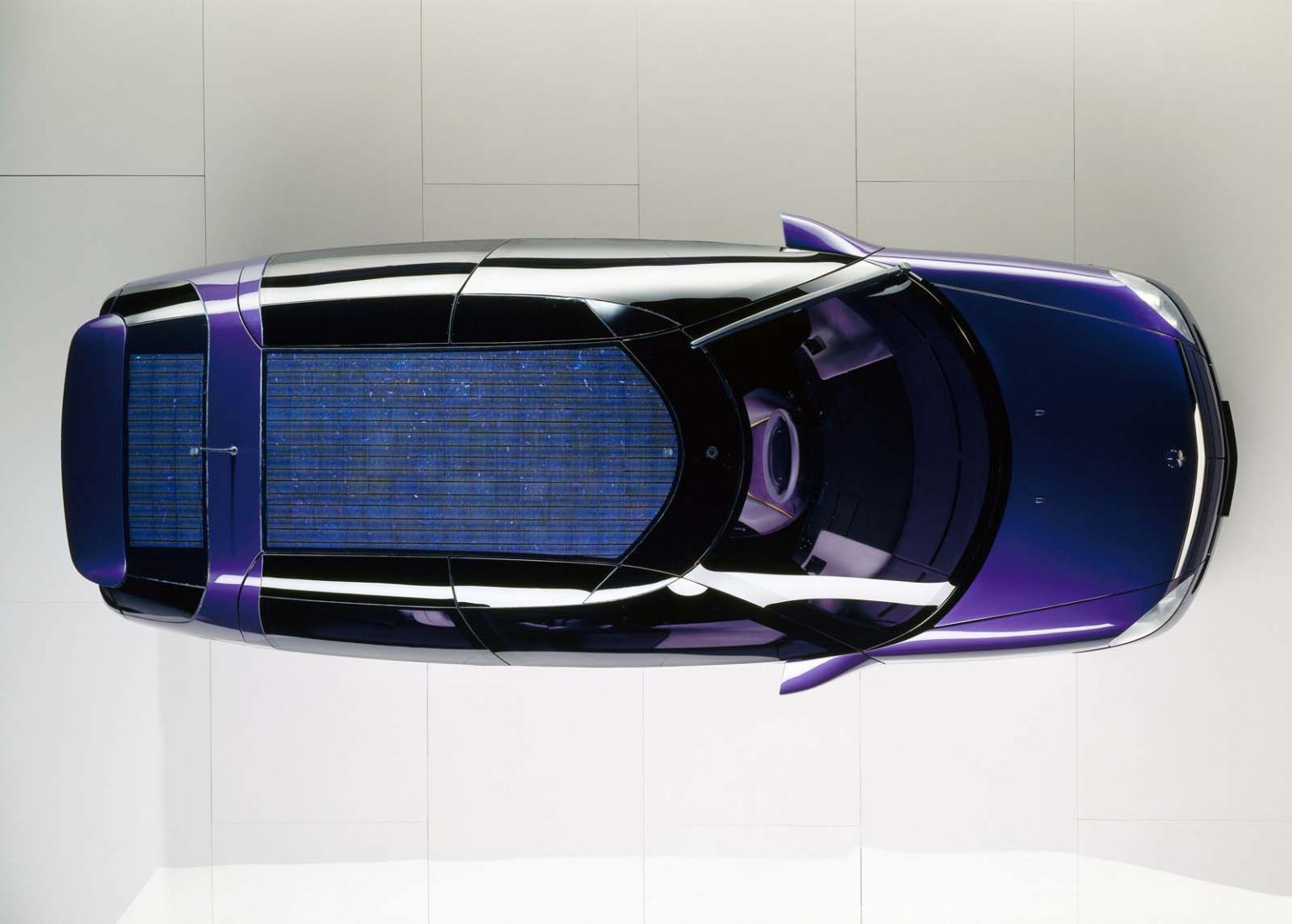
Back in 1991 Mercedes showed their vision of the future with the F 100 concept. This research vehicle was used to showcase technology to be coming in production cars.
Did any of this come true? Let’s have a look.
The F 100 was first showed to the public at the North American International Auto Show (NAIAS) in Detroit, USA, on the 12 January 1991. This is a specialist exhibition that has been held since 1907. Mercedes is no stranger to this show having been a major feature for many years, starting with the Patent Motor Car by Carl Benz dating back to 1886. This was the first motor car and also the first experimental vehicle.
The F 100 was a result of years of visionary research that can surprise the public and gauge reaction. Or to prepare them for what their future car might be like. Imagine dropping this on them back in 91 and telling them it’s the new E Class. That would probably be a step too far, in one go at least…
So, what features were presented and what has gone into the production cars Mercedes offered in the following years. Well, the F 100 looks a bit like a van, or maybe a people carrier or a large estate car. A station wagon if you prefer. I’m not sure, but it’s definitely not a saloon car or SUV.
But looking at the shapes and style of more modern cars some of the clues are there. The driving position looks higher and it’s a large car at nearly 5 meters long. So, it’s an MPV. the trend for taller vehicles with clever use of interior spaces. And the doors. not gullwing, but they open wider allowing easier access. Look at the Tesla Model X for example.












